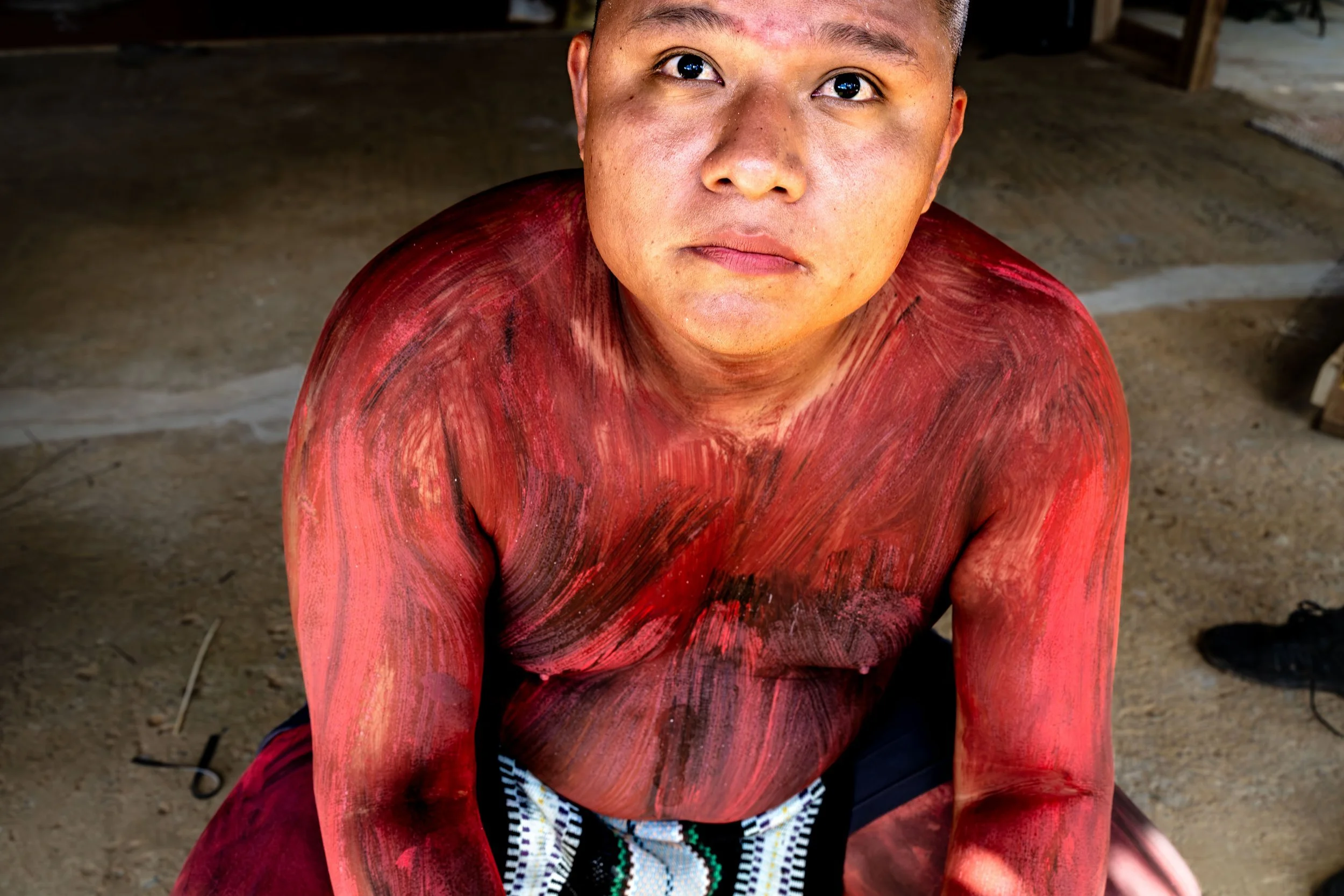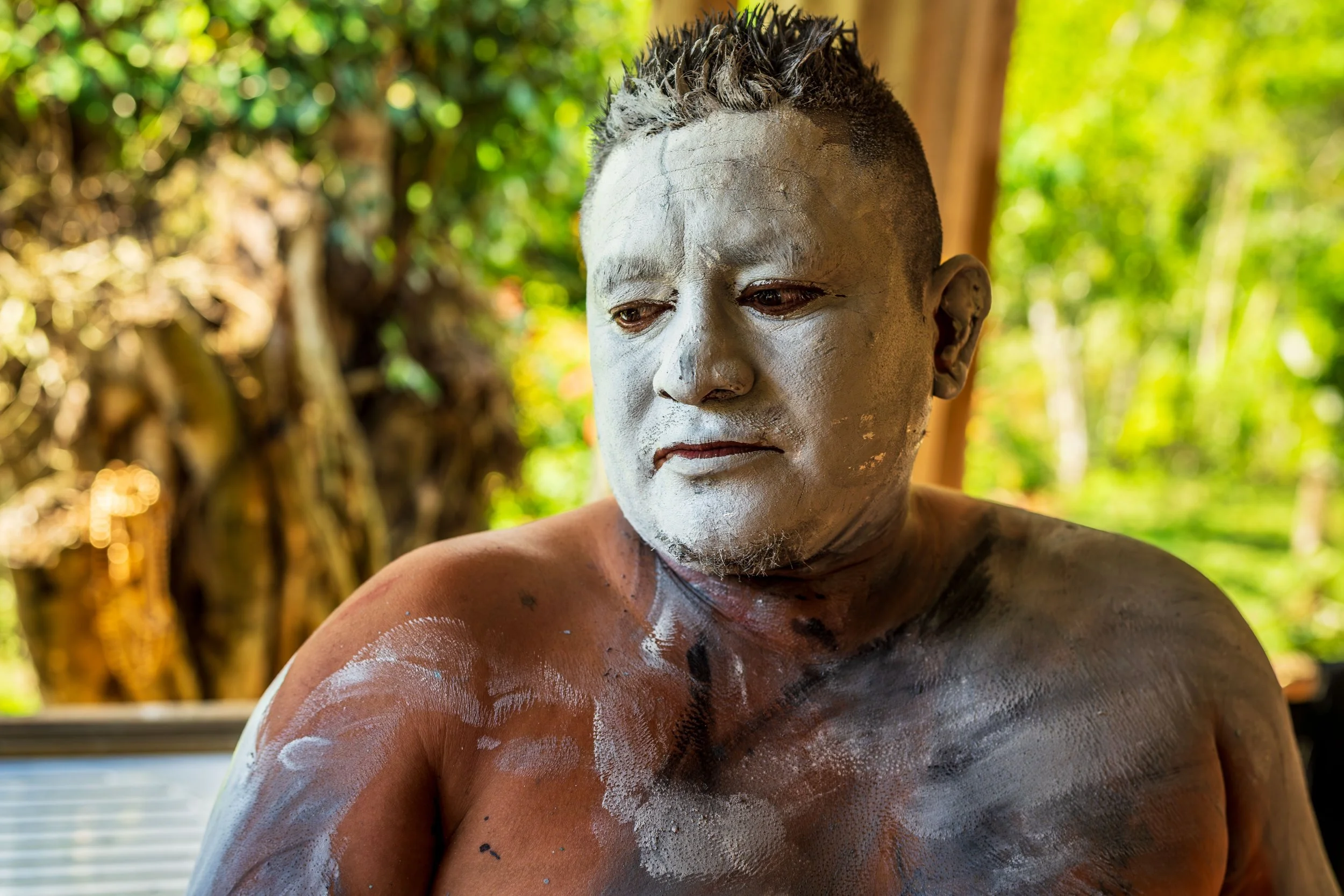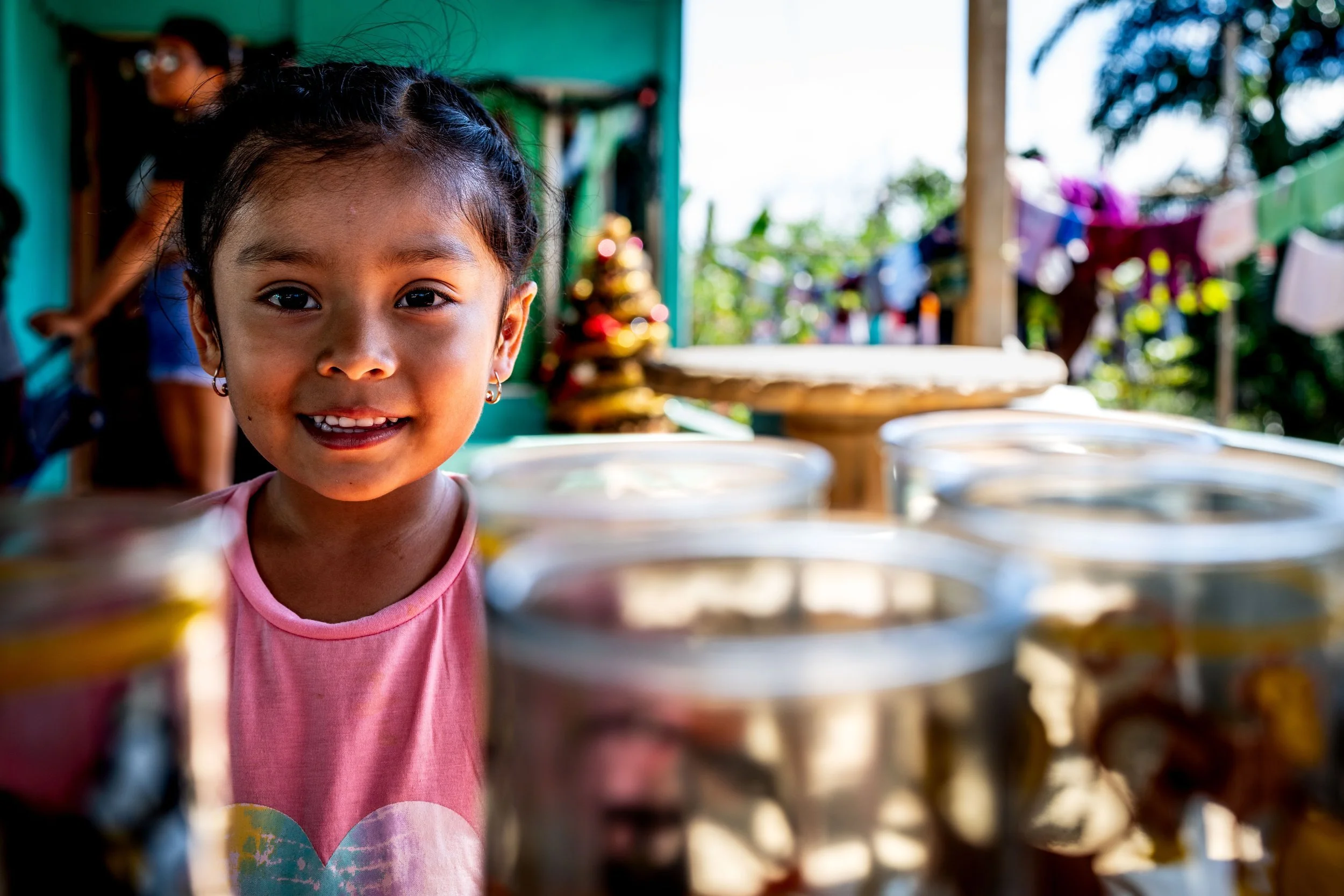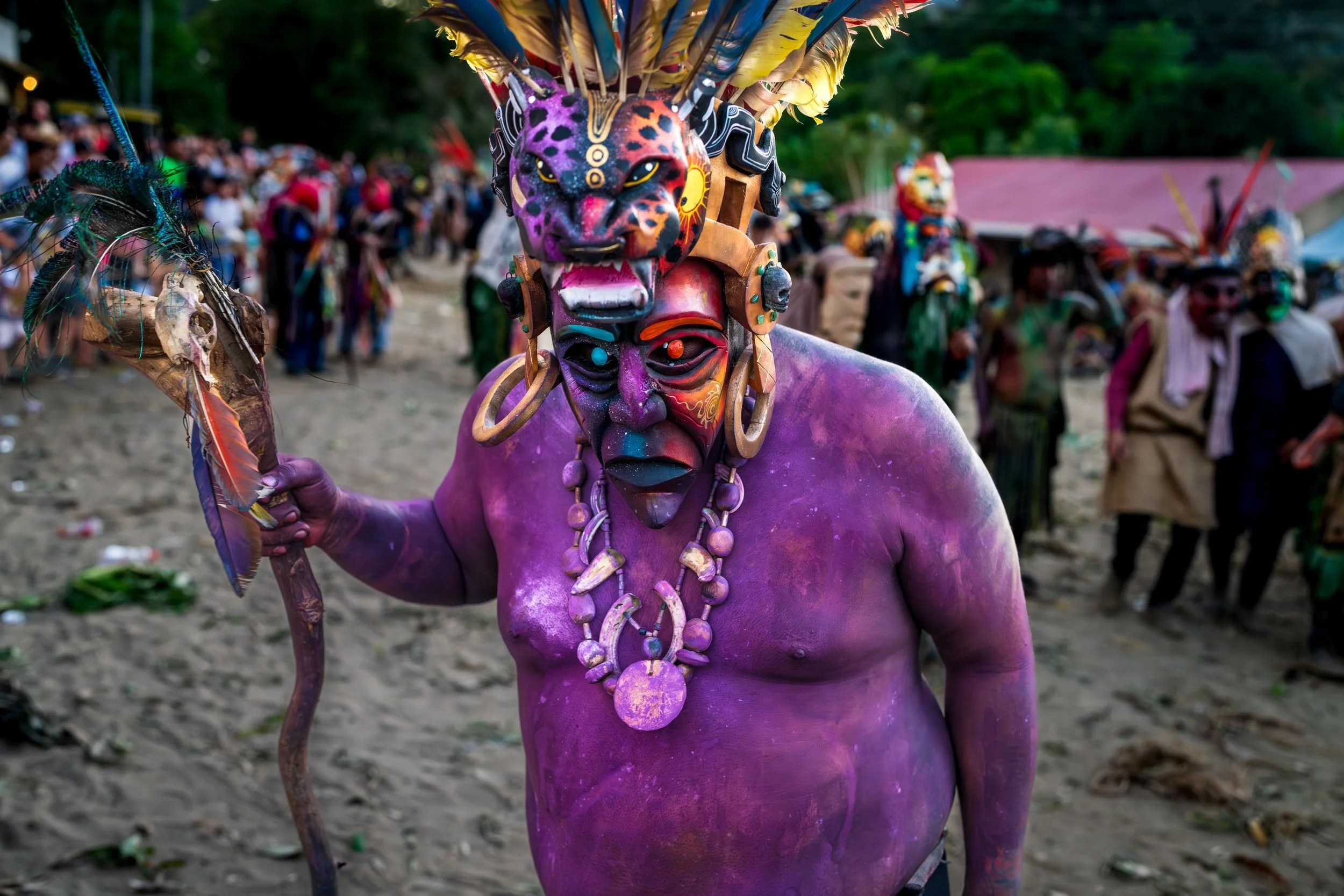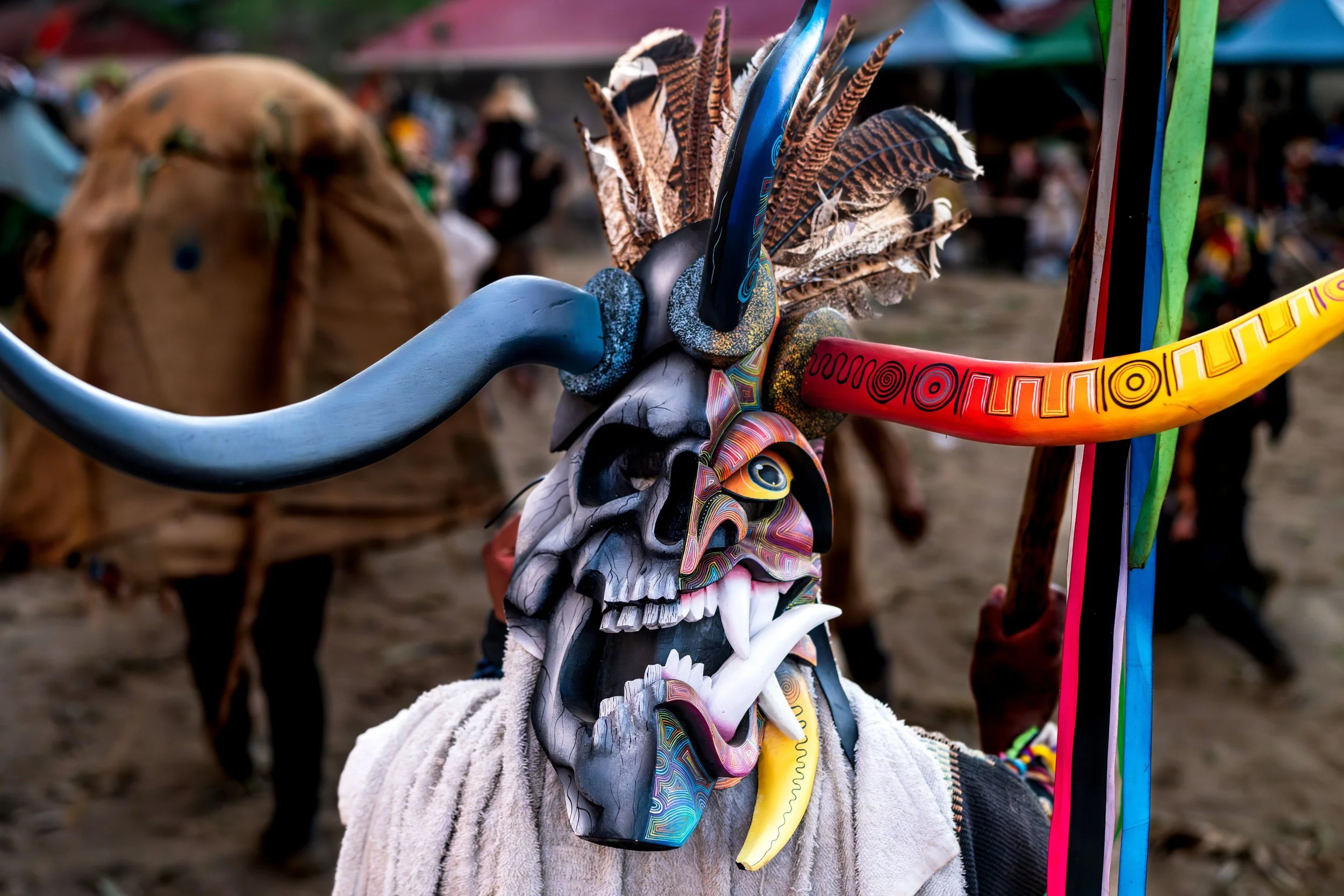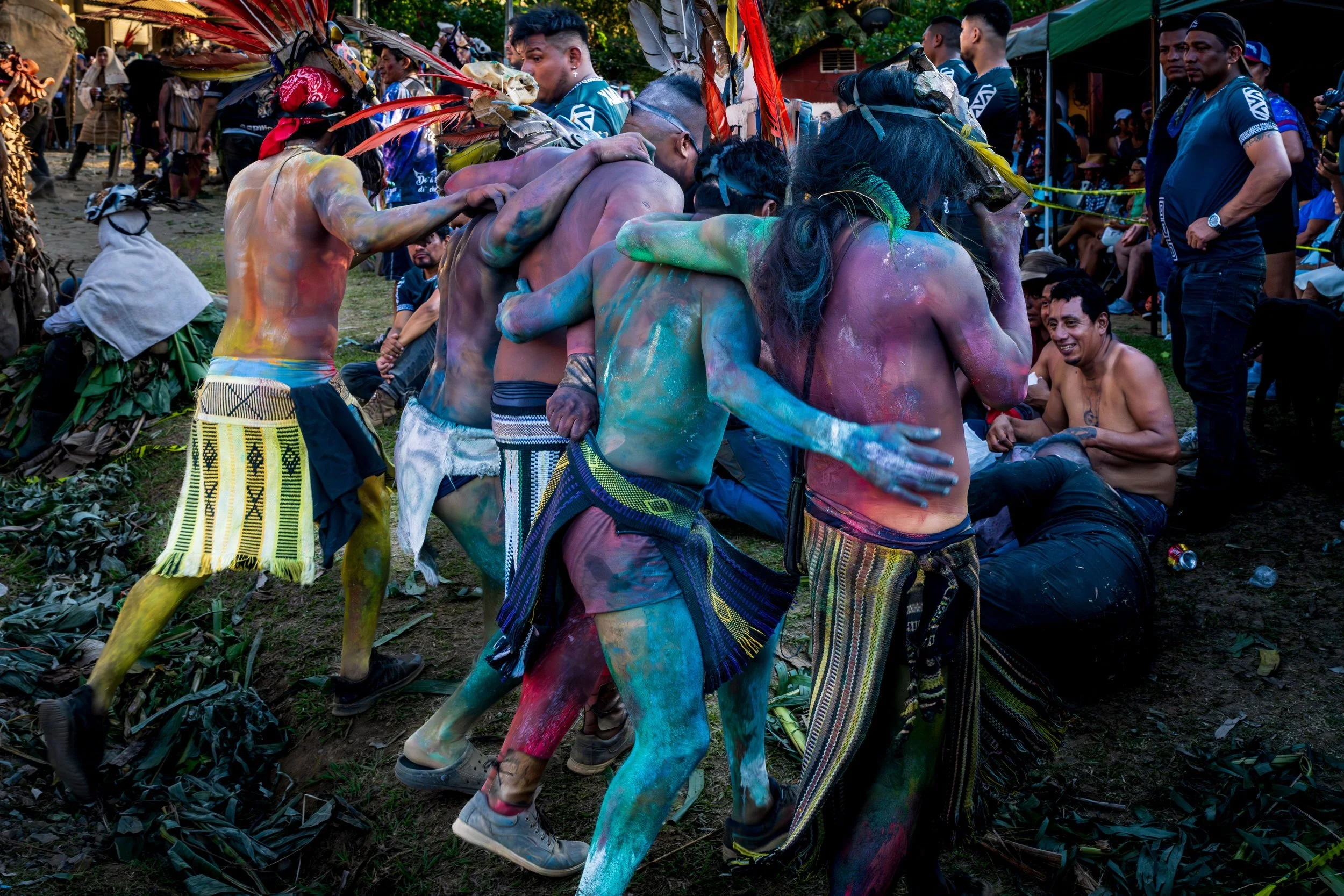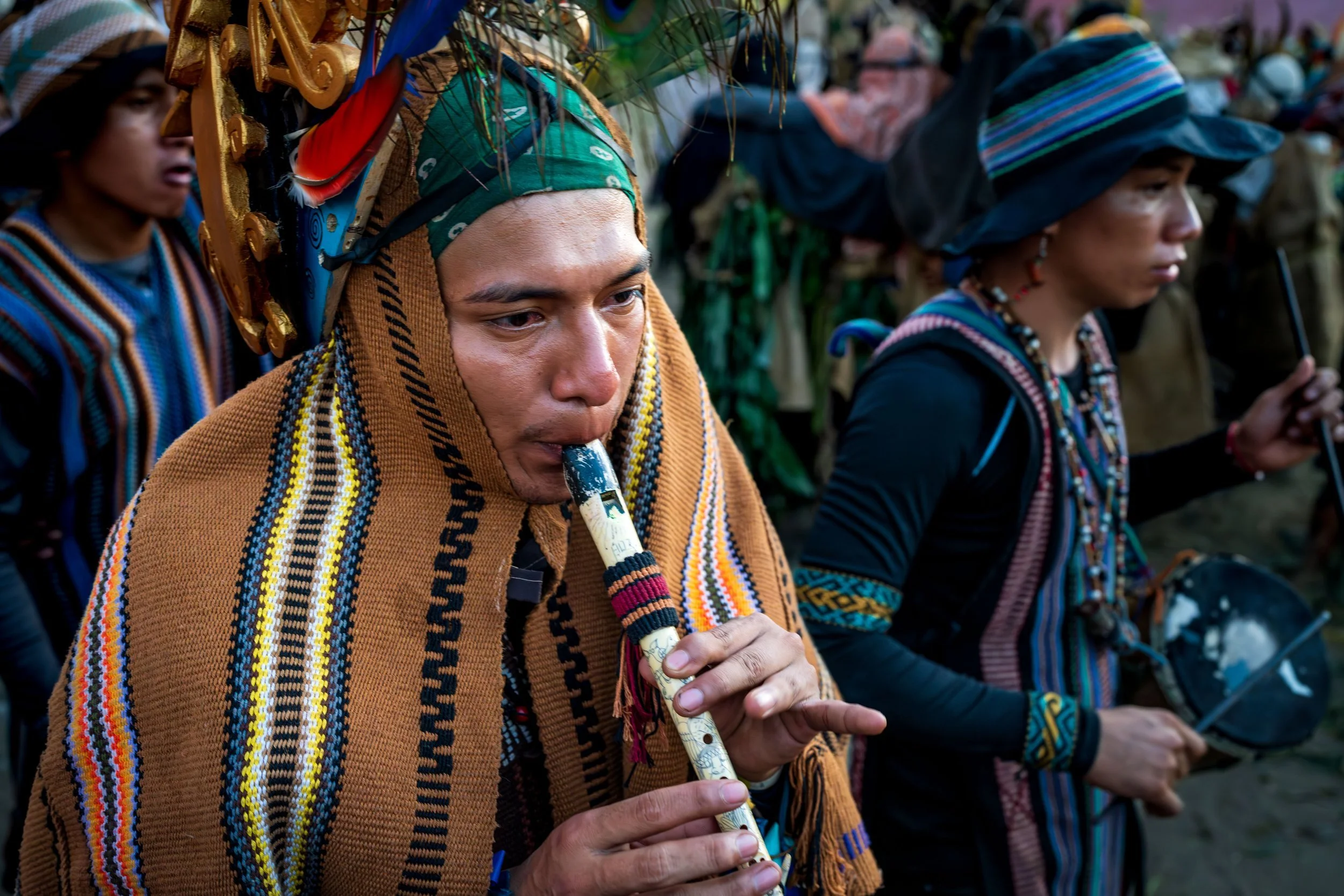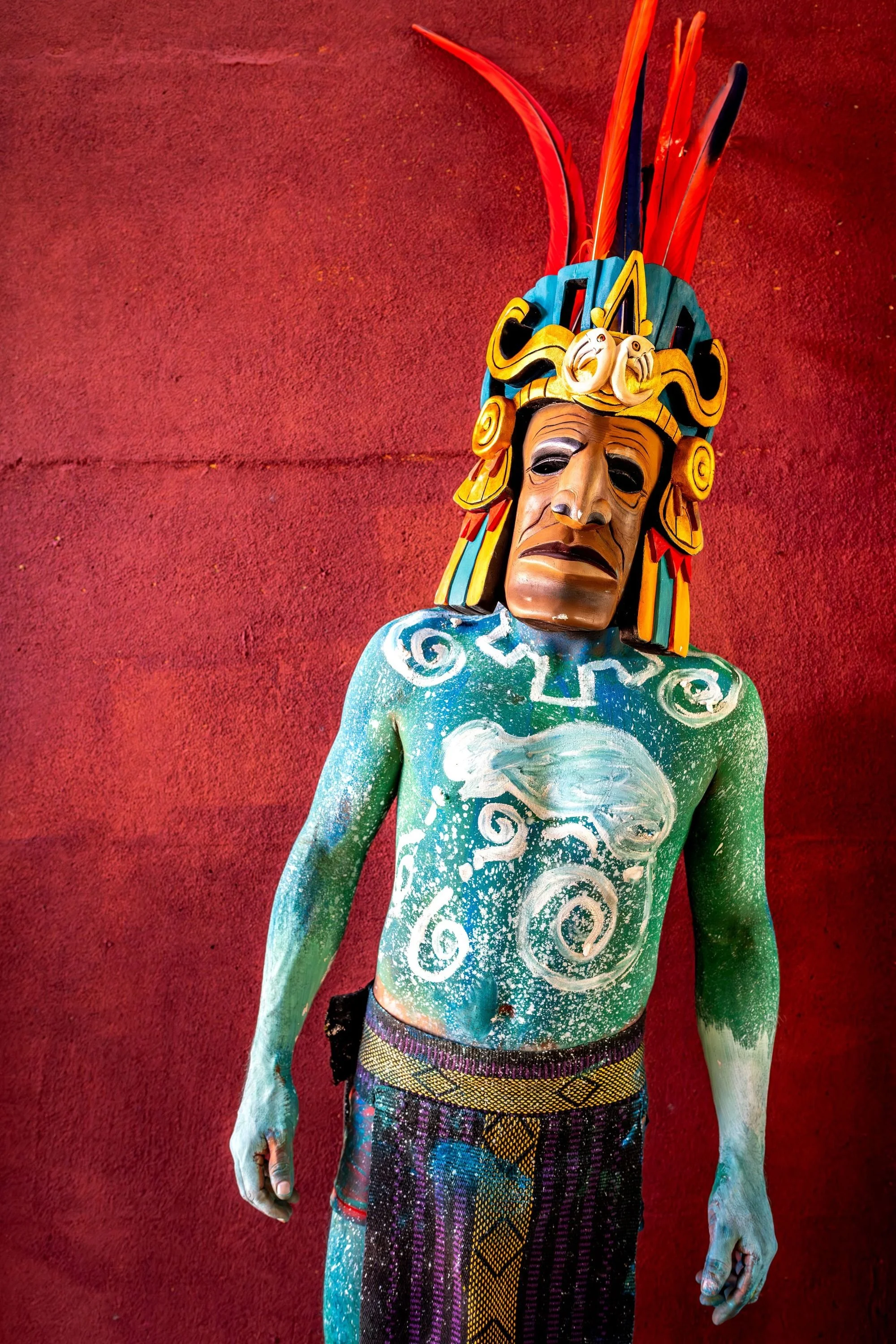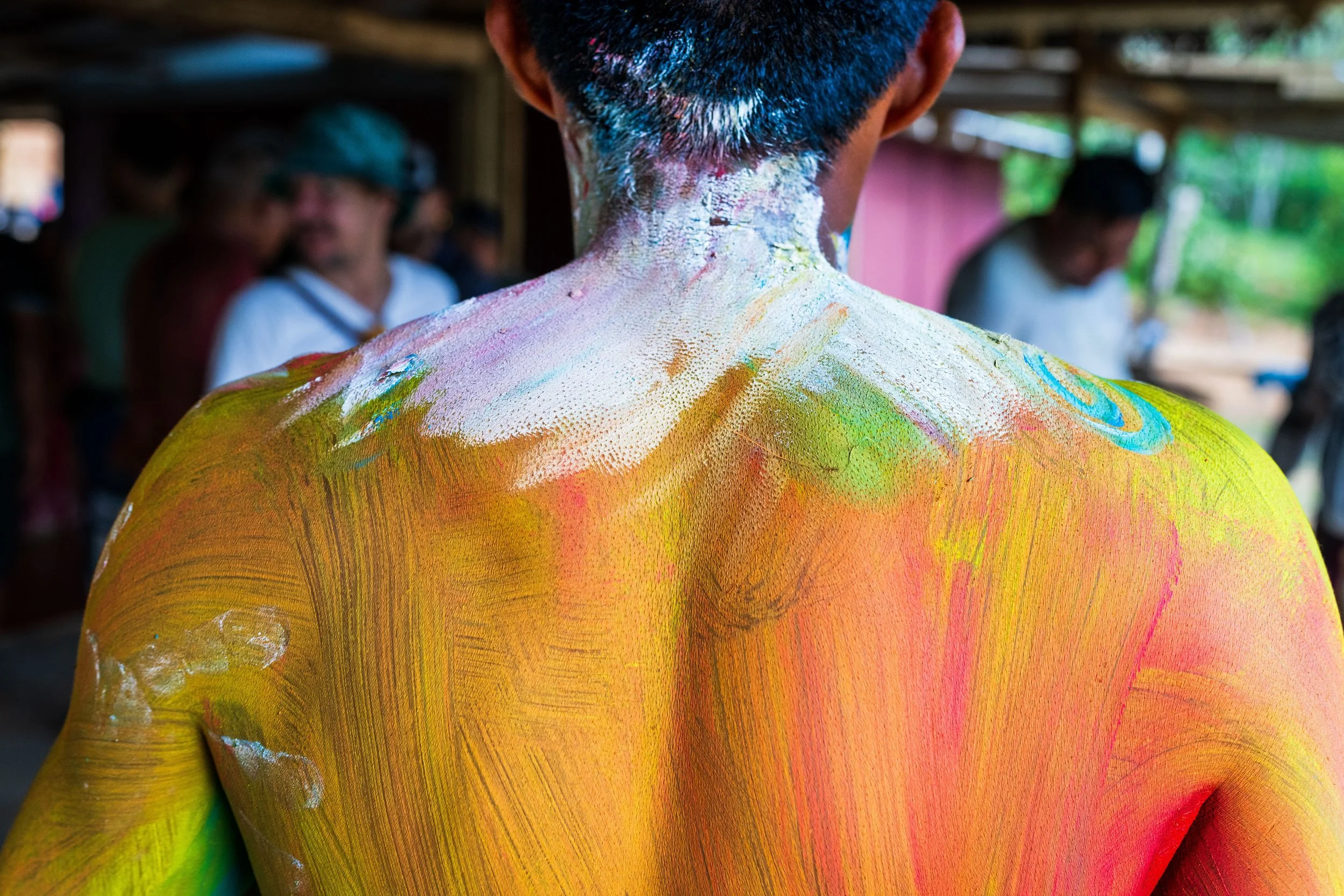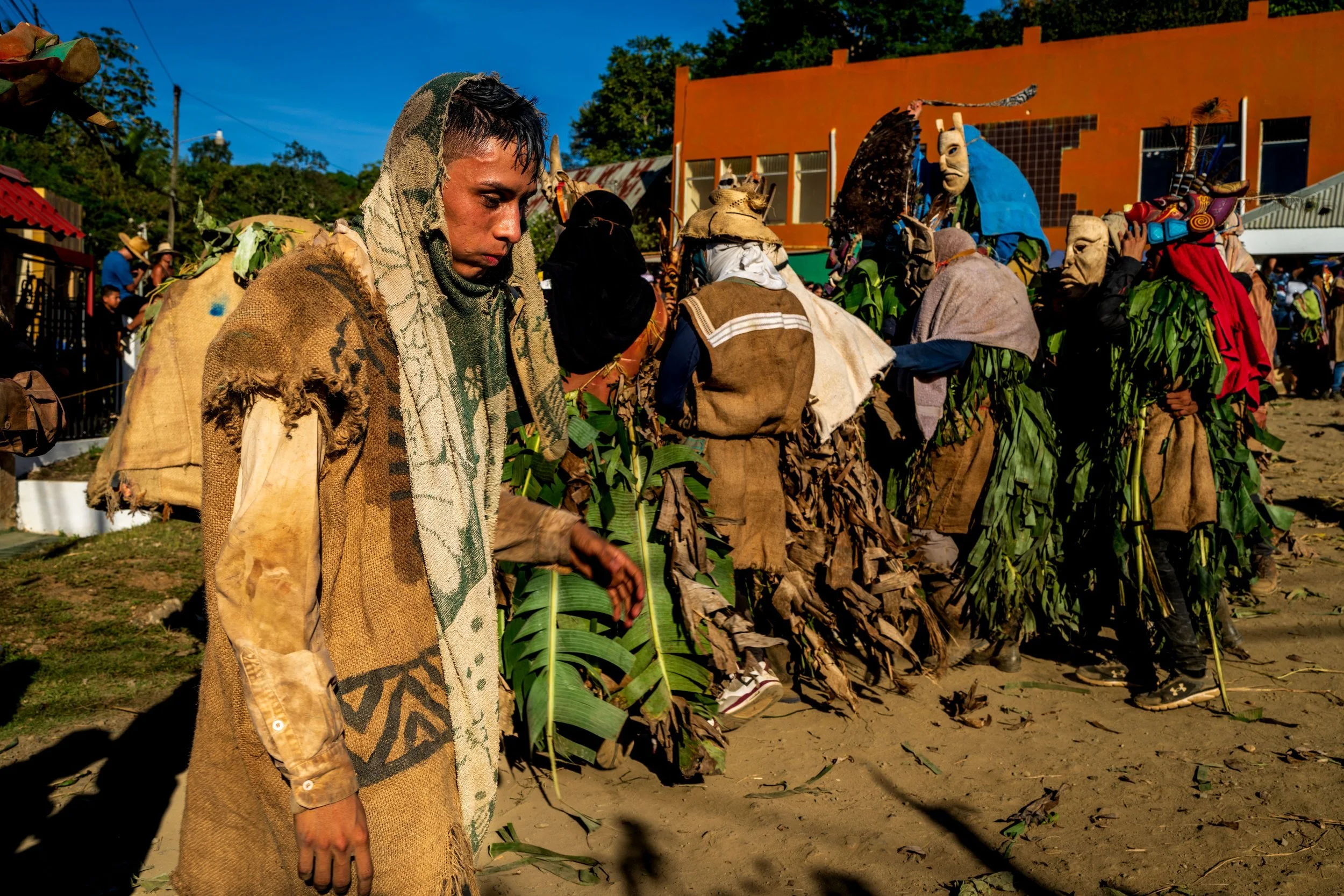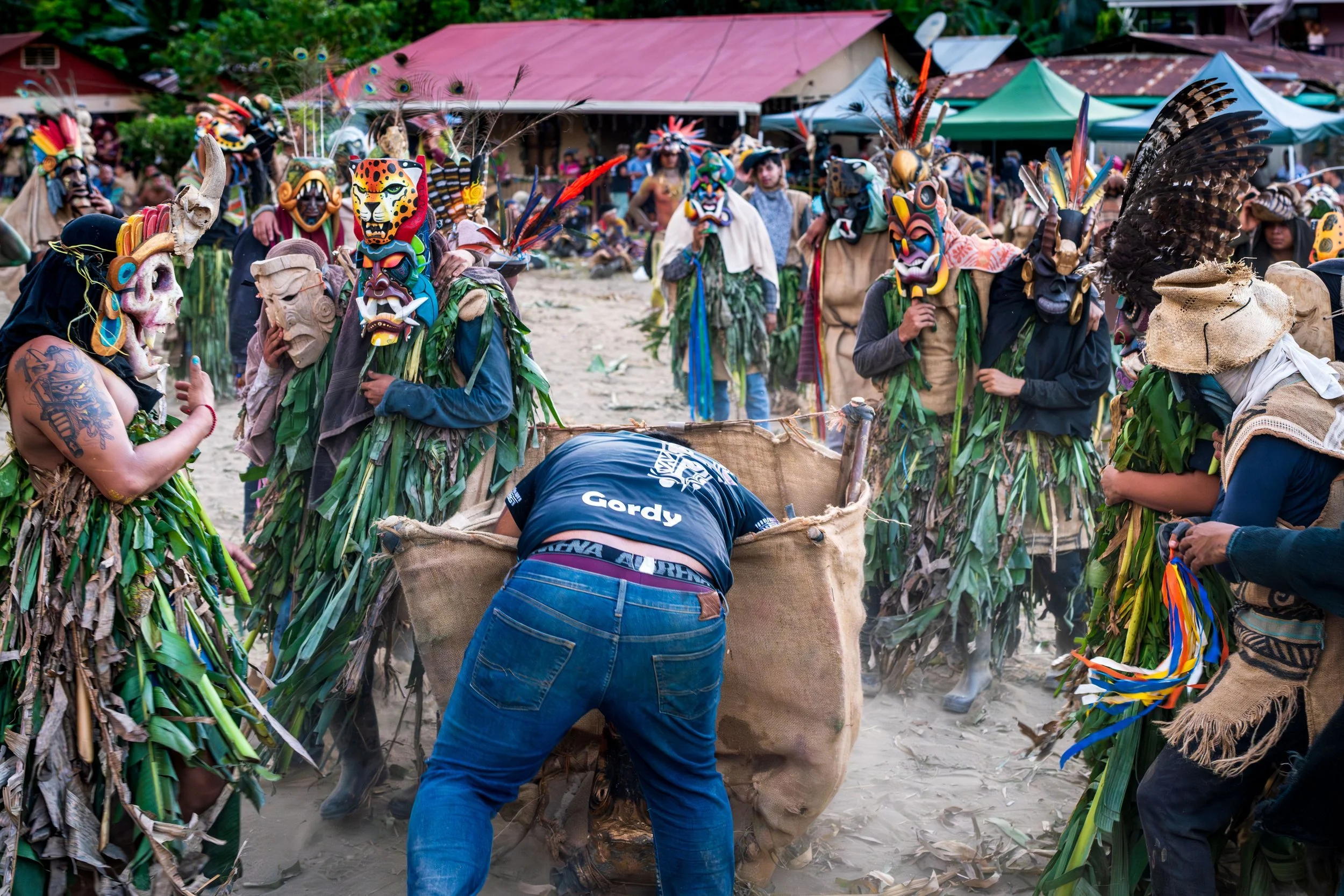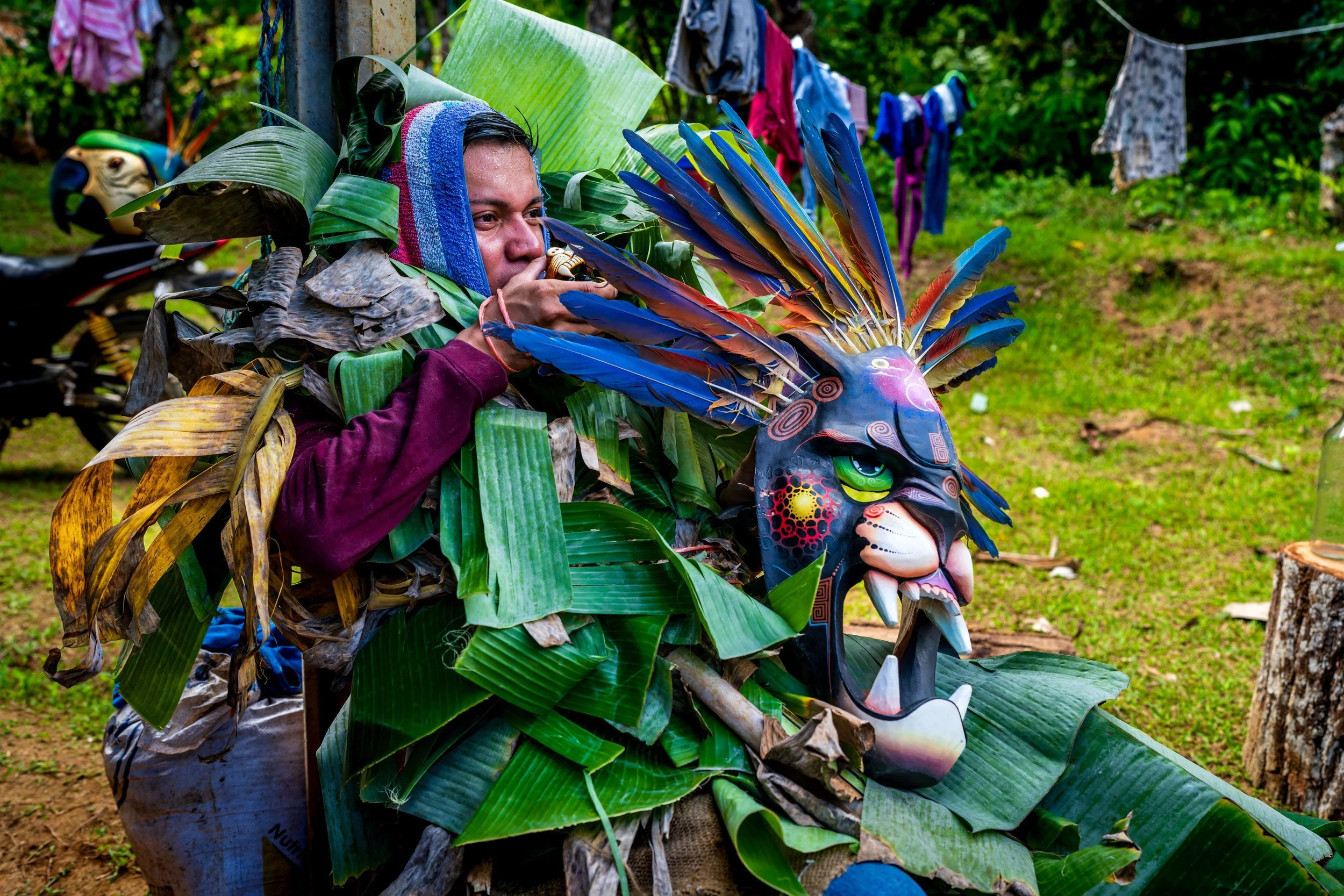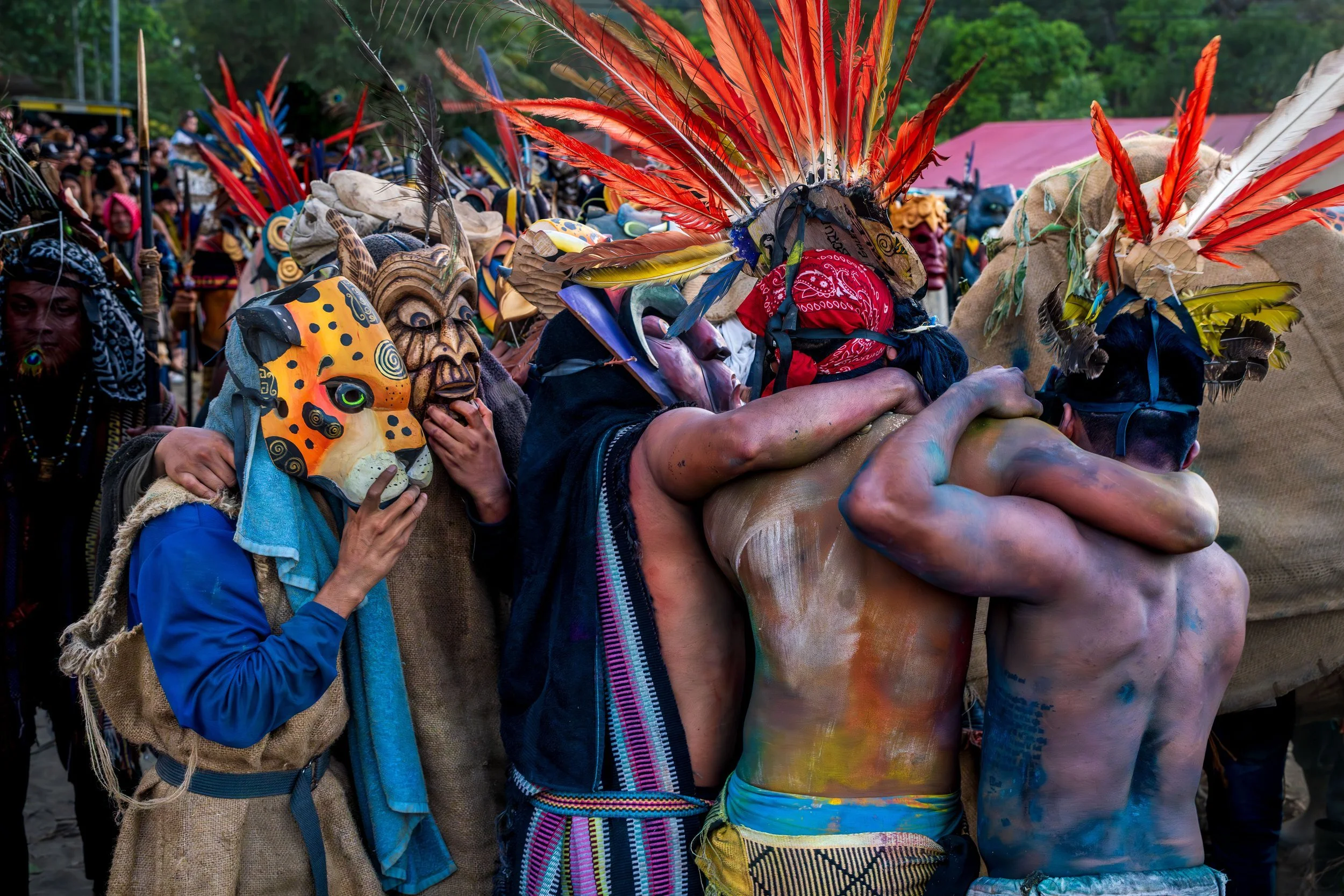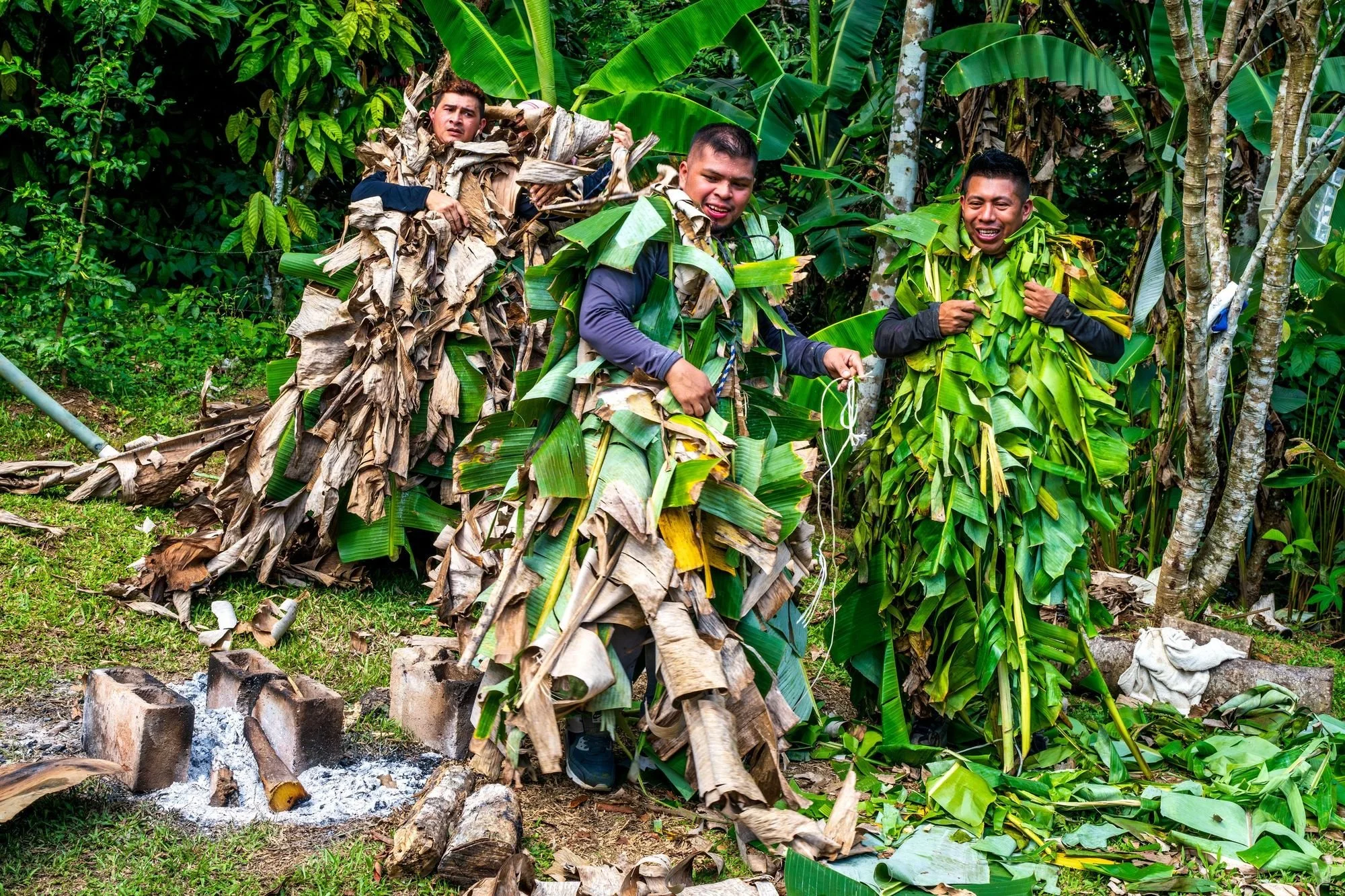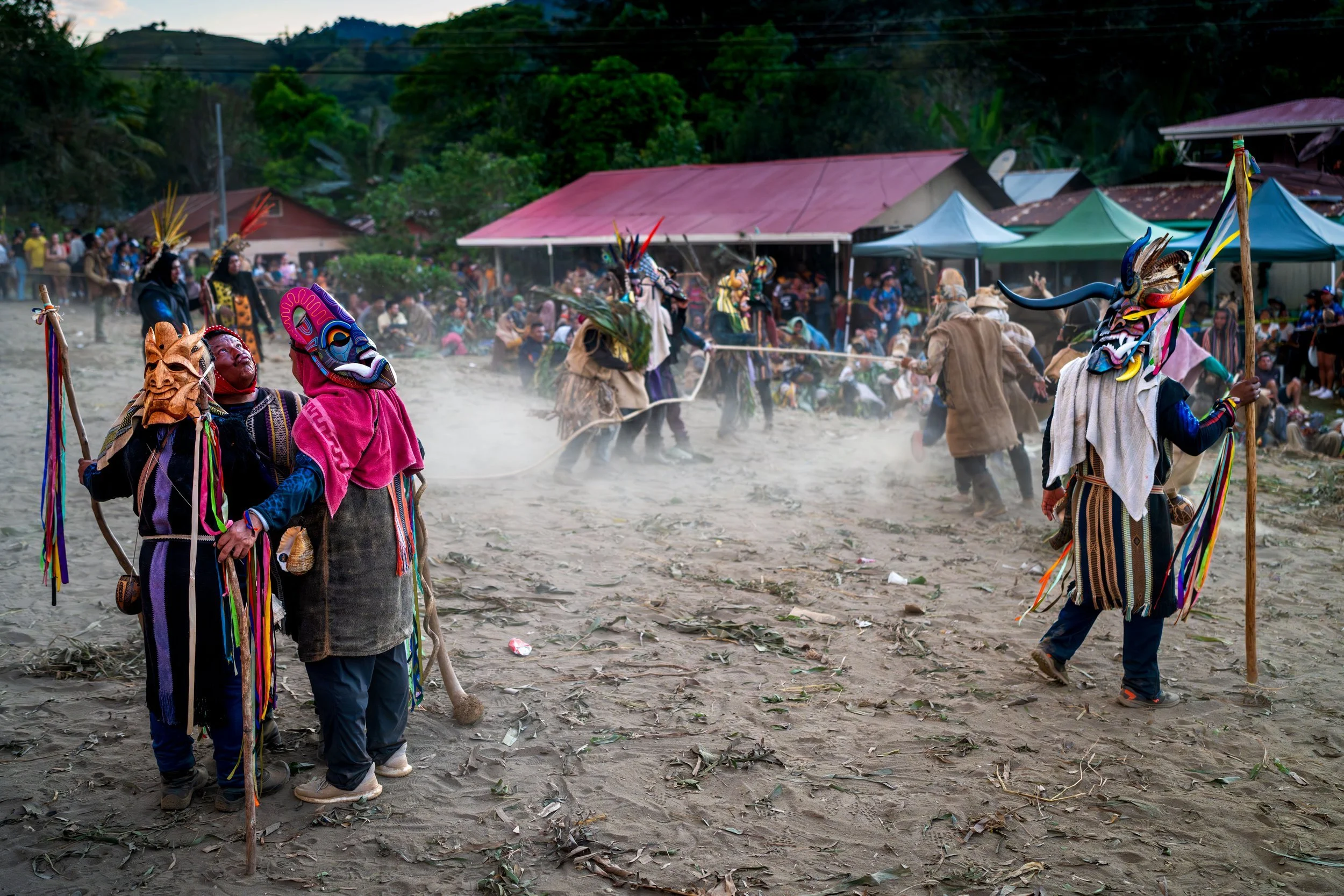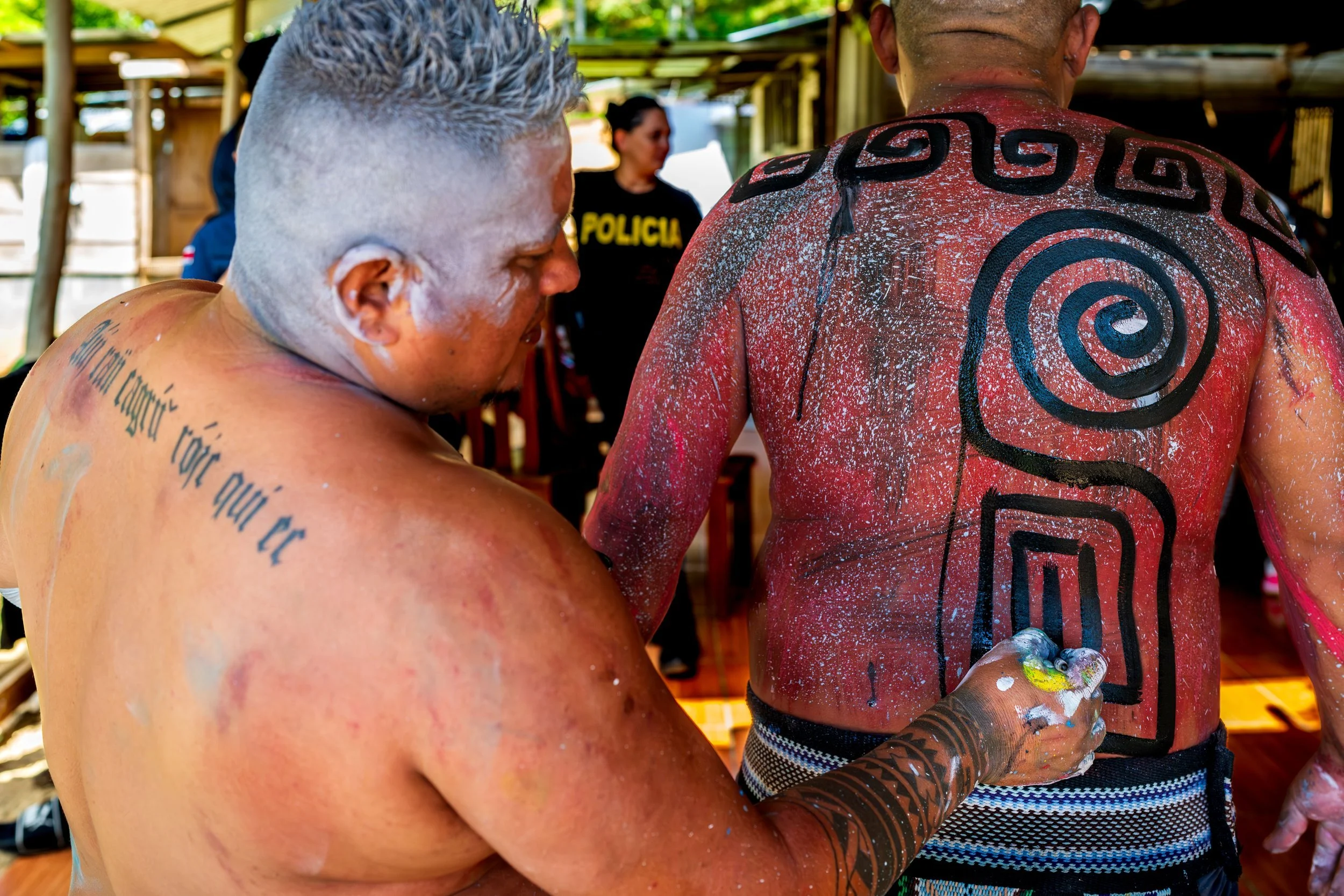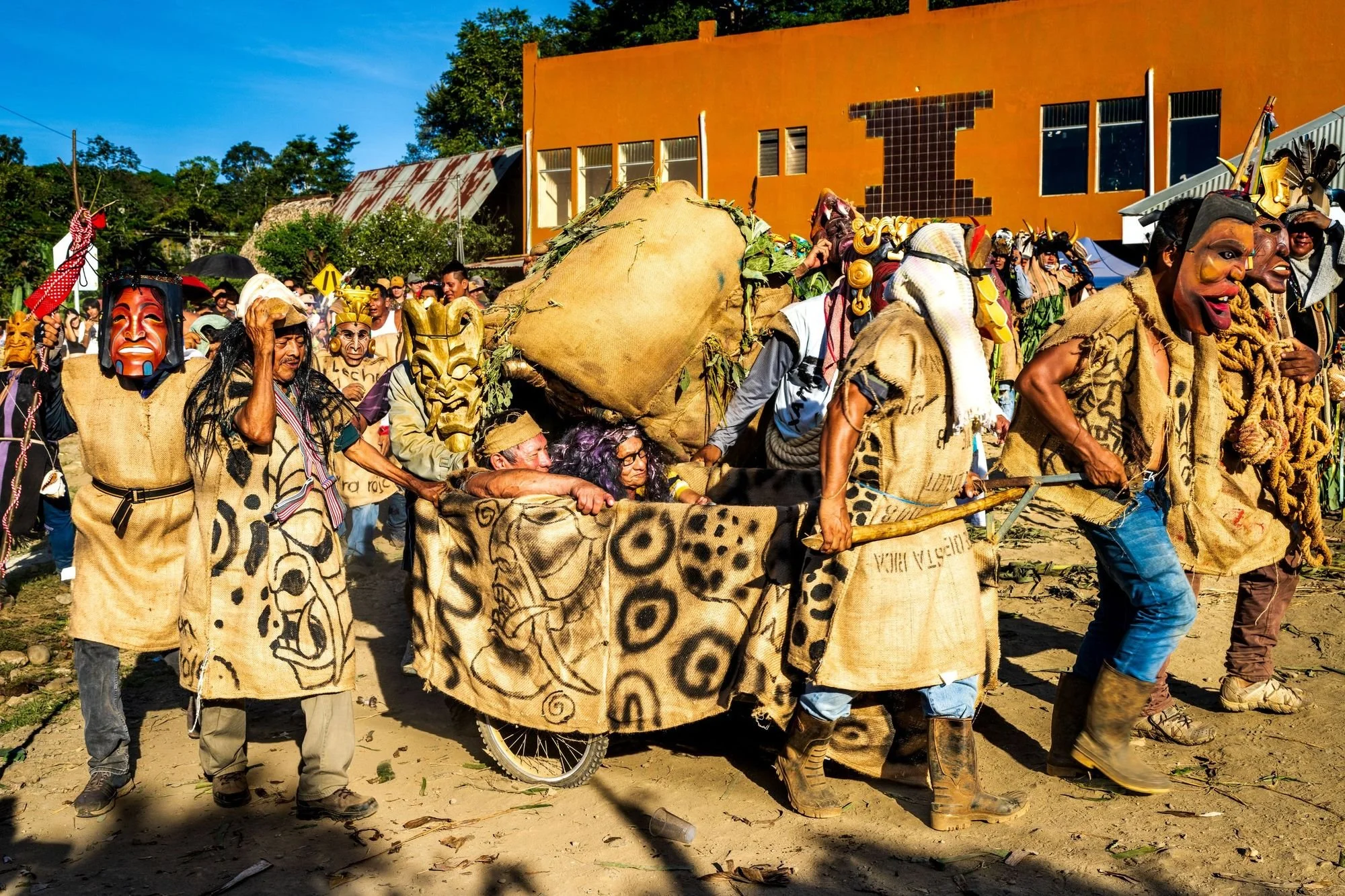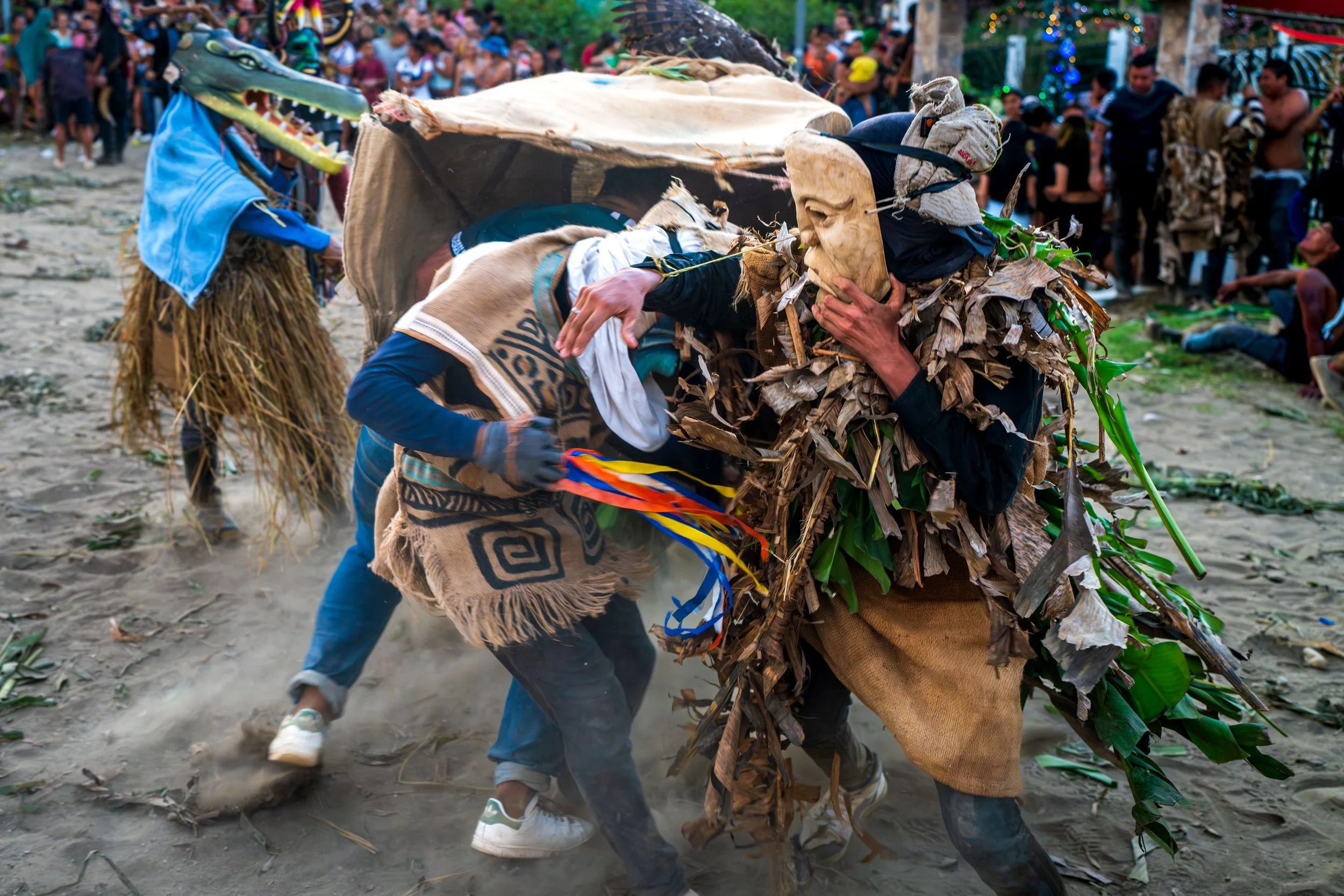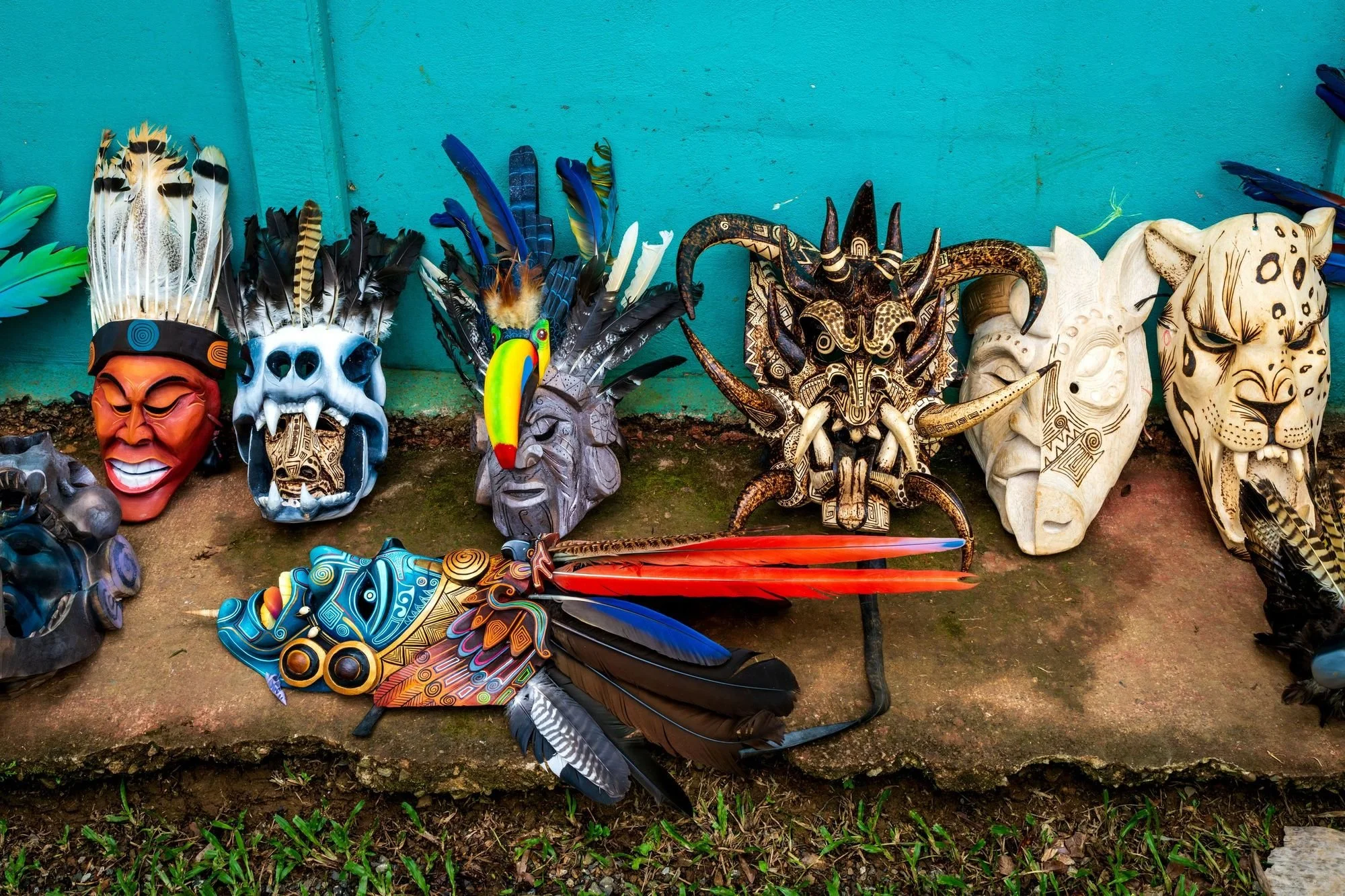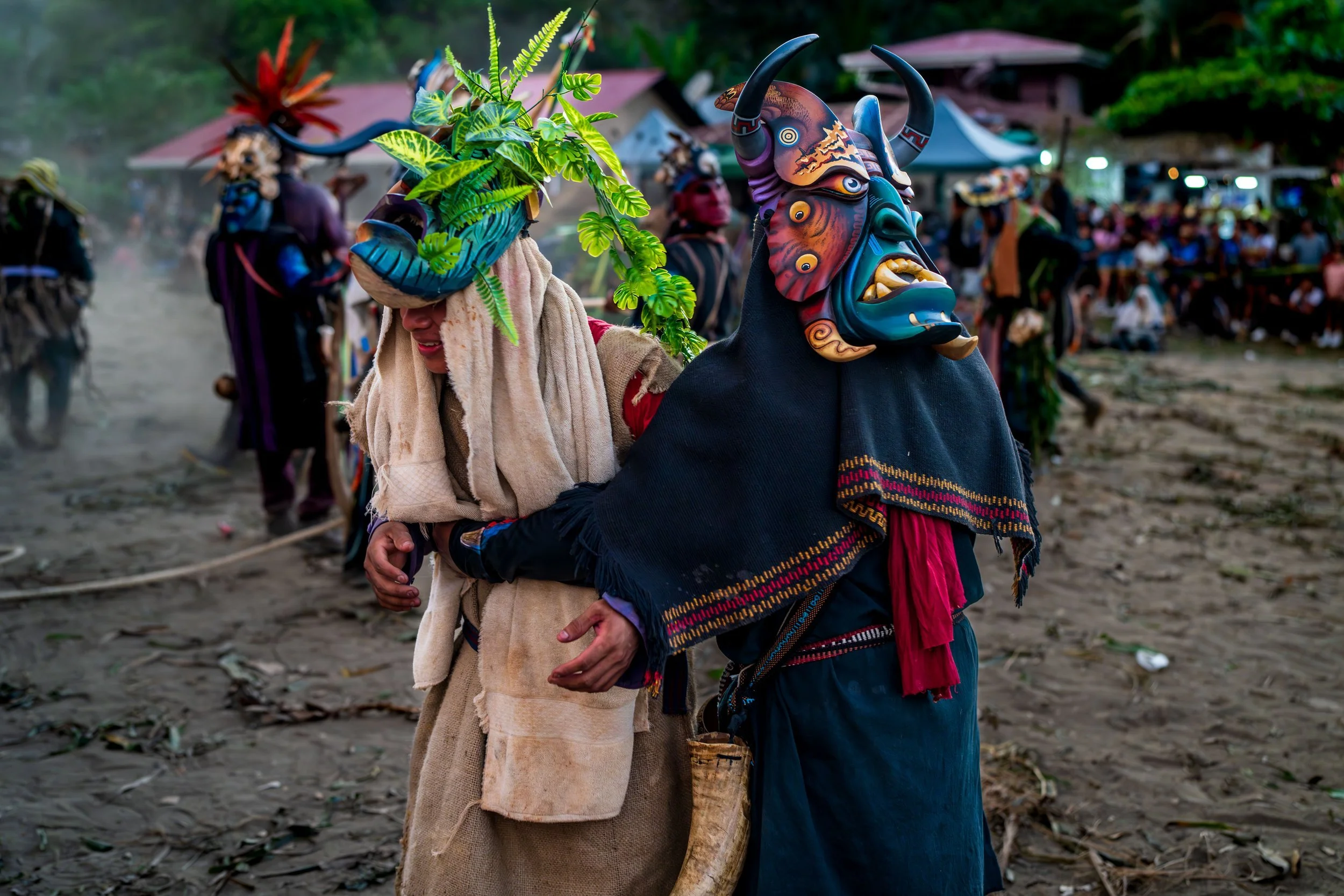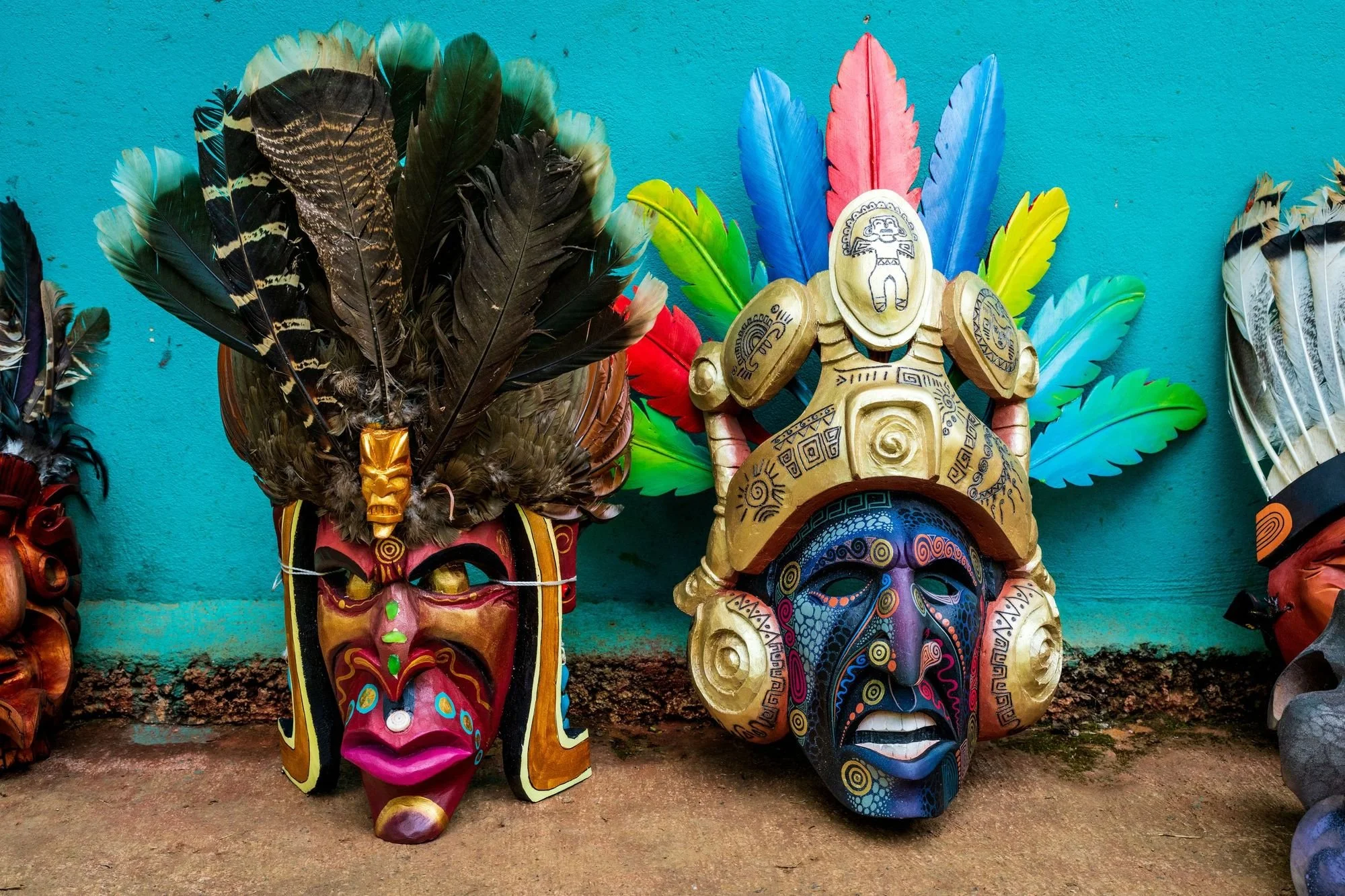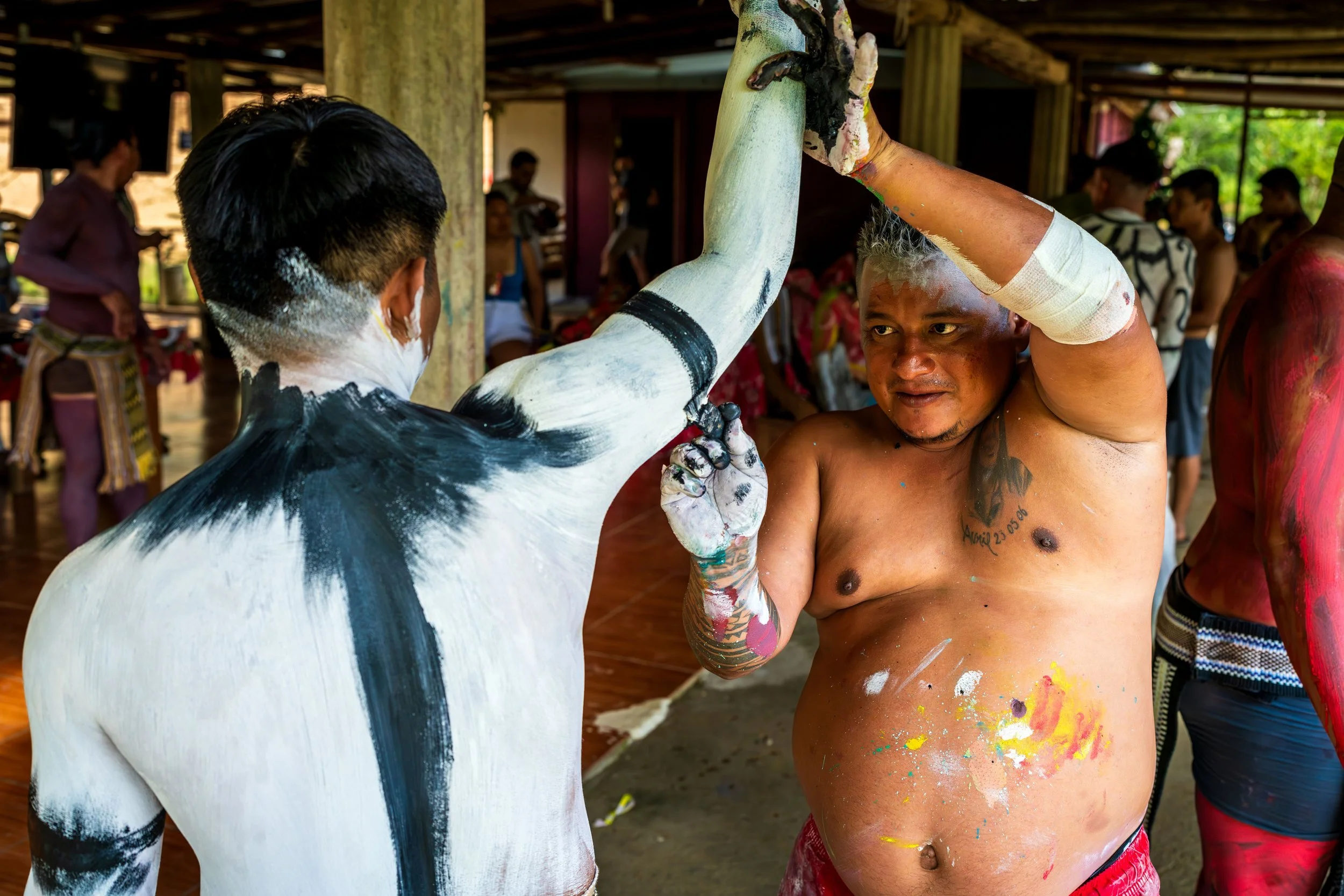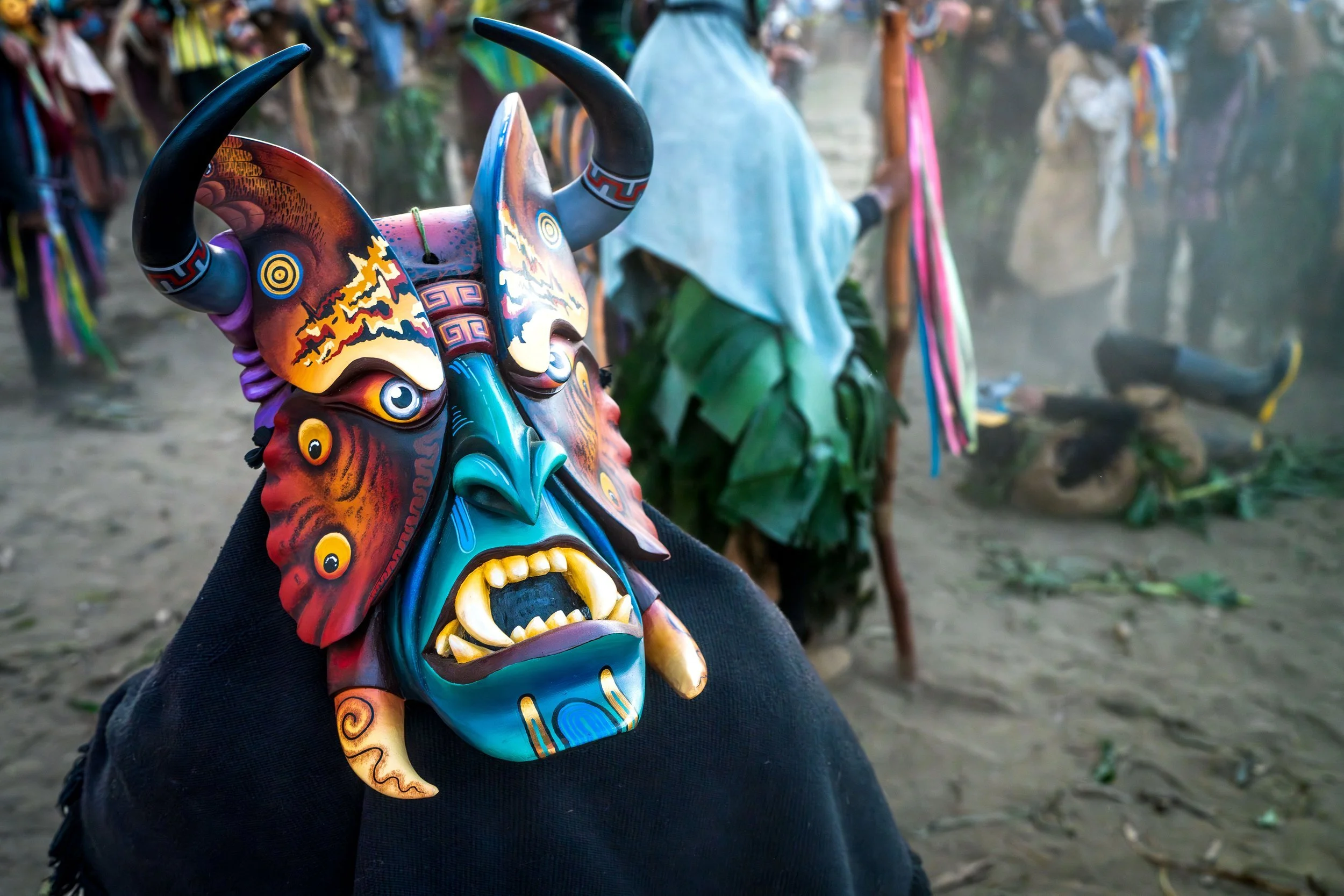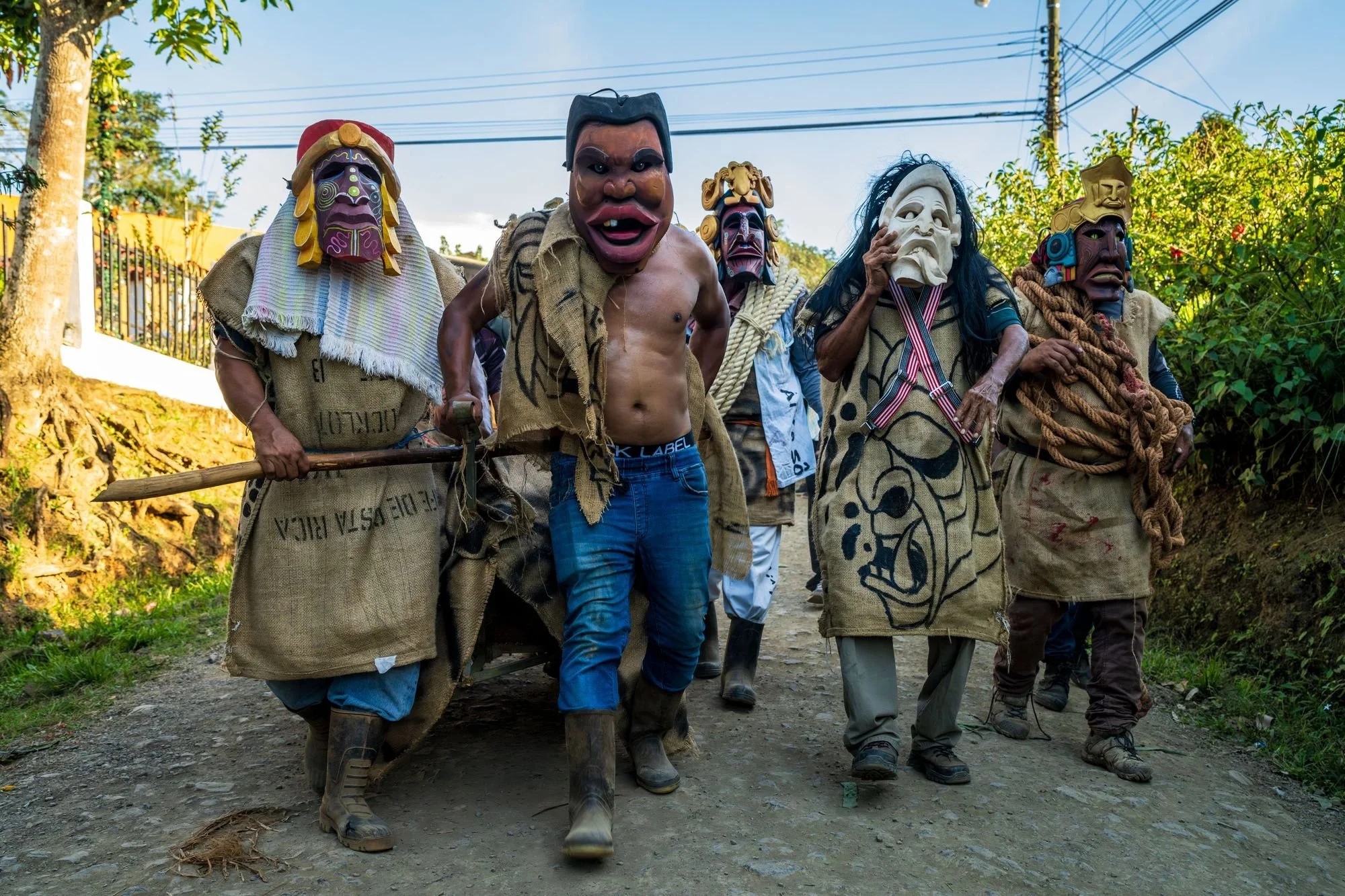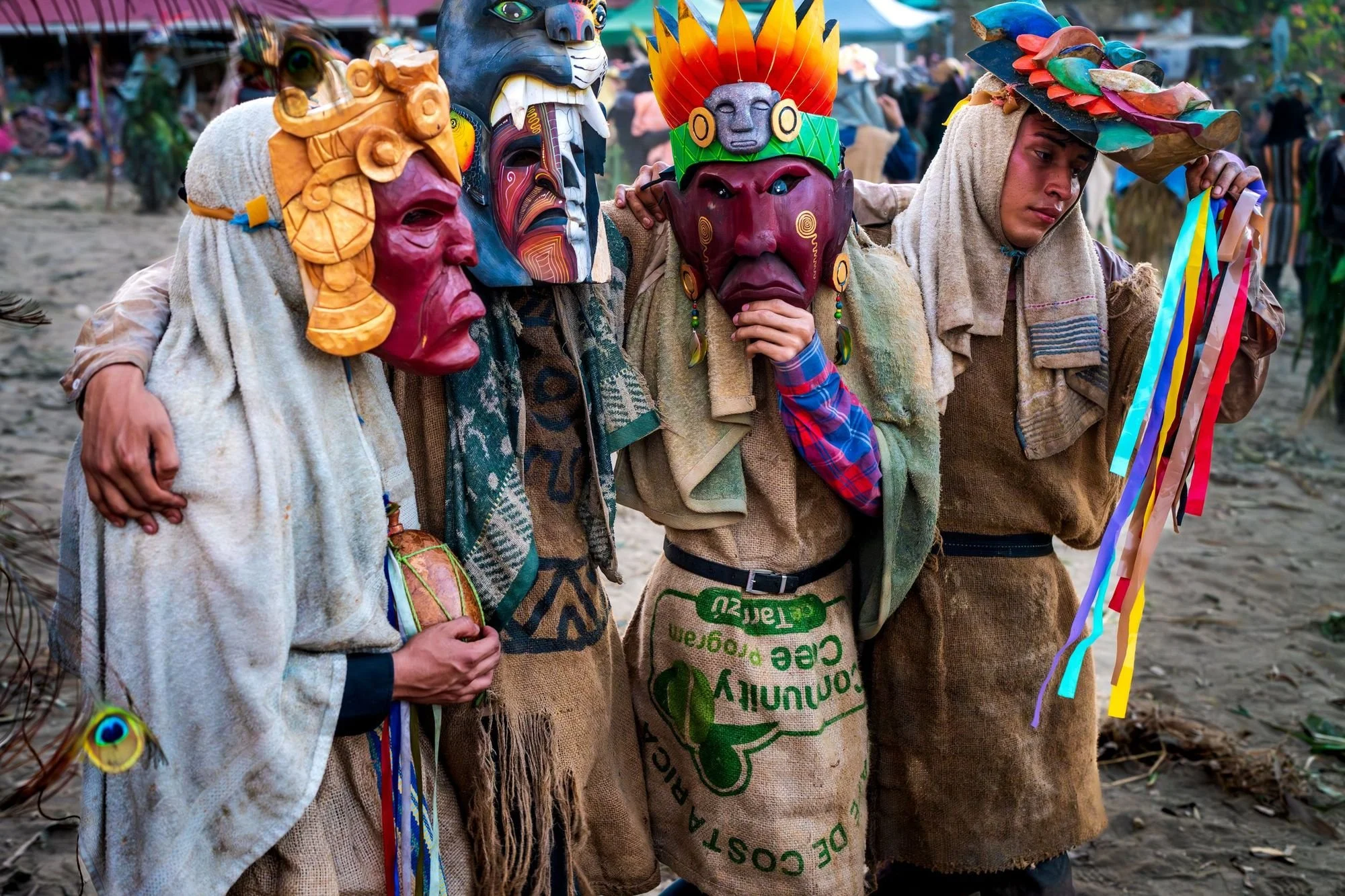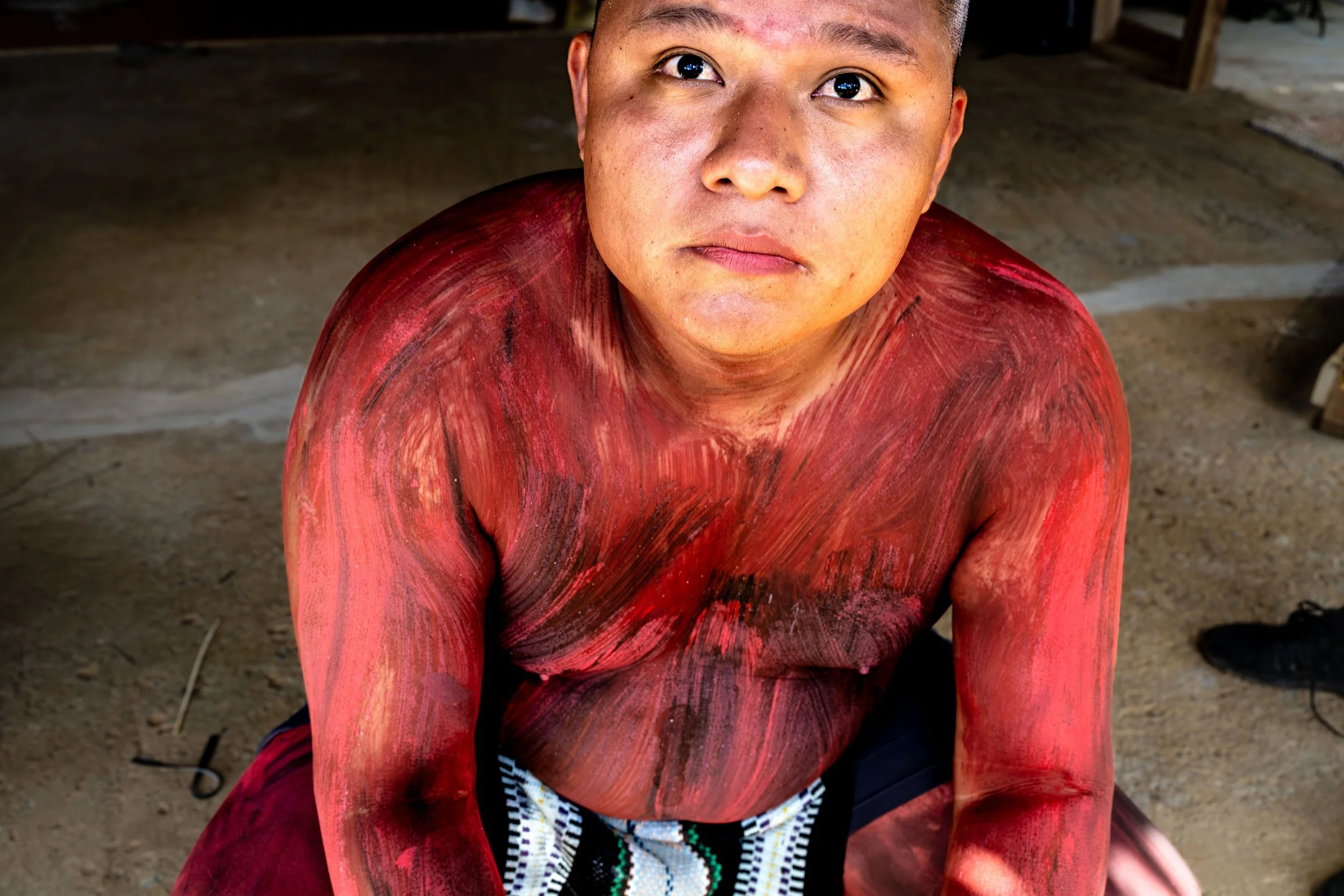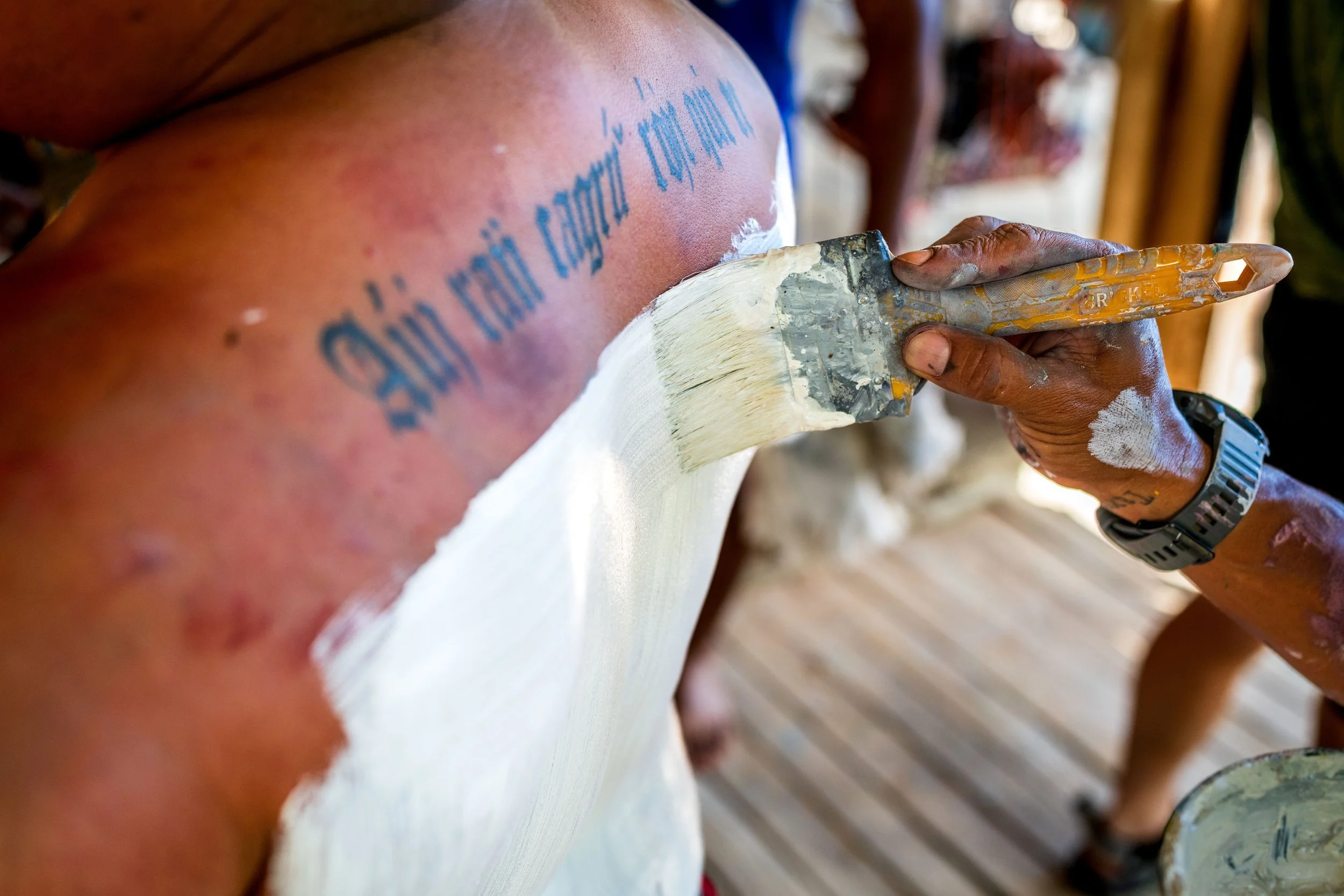EL JUEGO DE LOS DIABLITOS
Boruca, Costa Rica, 2024
In the southern part of Costa Rica, 30 km southwest of Buenos Aires, towards Palmar Norte, along the South Inter-American Highway, lie the iconic settlements of the Boruca or Brunka people. Currently divided into two territories, Brunkájc (Boruca) and Yimba Cájc (Rey Curré) are significant centers, surrounded by numerous small communities housing indigenous and non-indigenous people.
These communities are home to skilled craftsmen who carry on the ancient tradition of crafting intricate masks. The Boruca masks, with their artistry and significance, play a pivotal role in local festivals and ceremonies. Each mask is a testament to the craftsmanship and cultural heritage of the indigenous people of Costa Rica, adding a unique and intriguing element to their cultural traditions.
El Juego de los Diablitos, called Cabrúrójc in the Boruca language, is a testament to the resilience of the Boruca and Rey Curré communities. It represents the pinnacle of their Brunka indigenous identity and culture. This tradition, unfolding as a three-day and three-night procession, continues in the Boruca community from December 31 to January 2 and in Rey Curré on the first weekend of February, a month after the celebration in Boruca. Year after year, these festivities defy any proclamation about the disappearance of Indigenous identity within these communities.
El Juego de los Diablitos, dramatizing a major historical episode – the life-and-death struggle between Spanish invaders and the Indigenous community, which was a fight for survival and preservation of their way of life – also symbolizes the constant effort of Indigenous peoples to protect their traditions, customs, beliefs, and languages.
This tradition dates back to the colonial era and has been passed down orally through generations, undergoing slight organizational evolutions while preserving its original essence. Boruca's roots delve into the colonial period, although the majority believes it could be much older, potentially incorporating new elements upon the arrival of Europeans. Rey Curré was established at the end of the last century, in 1979.
The central protagonists are the bull, representing the Spanish, and the devils, an emanation of the indigenous community. The devils, organized hierarchically, play a crucial role in the smooth unfolding of the game, while their attire, simple yet symbolic, reflects the richness of the tradition. The Diablitos festival embodies the most participative and enthusiastic cultural activity among the inhabitants of Boruca and other indigenous communities like Bribris, Cabécares, and Térrabas. This celebration attracts the attention of visitors from the Central Valley as well as residents of San Isidro del General, Buenos Aires, Palmar, and Golfito. Tourists can observe the Diablitos game, but their participation is prohibited out of respect for the cultural significance of the event, and not doing so may lead to social exclusion or disapproval from the local community.
